Japan Bike Technique 2019 (JBT2019)
Will explain the specification trends of the participating bicycles.
In addition to the large difference in altitude, each team had a bicycle that reflected various ideas and ideas in order to reliably run through the set route including the descent of rough roads.
There were many examples of adopting front singles and disc brakes.
In many cases, the dynamo was not adopted due to the improved performance of LED lights.
The electrically power assisted bicycle was disadvantageous in terms of weight, but it was advantageous in the climbing section and showed the possibility of a travel bicycle.
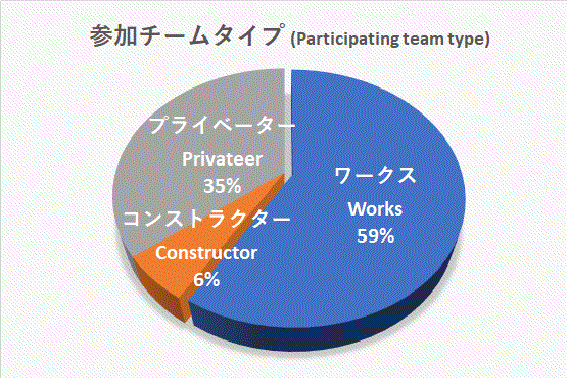 |
Participating team type – Works |
 |
Participating bicycle weight About 30% of participating bicycles weighed less than 10 kg.
On the other hand, most bicycles weigh more than 10 kg due to the influence of travel equipment. |
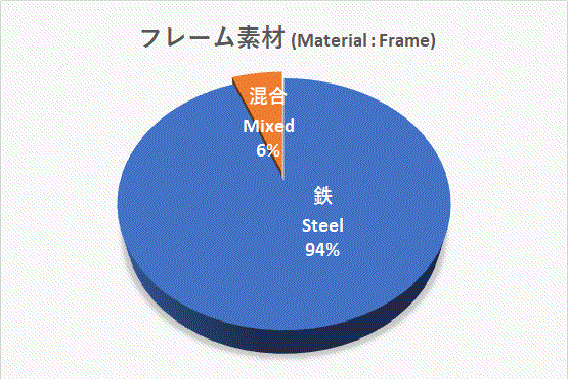 |
Frame material The frame material used was steel except for one team. |
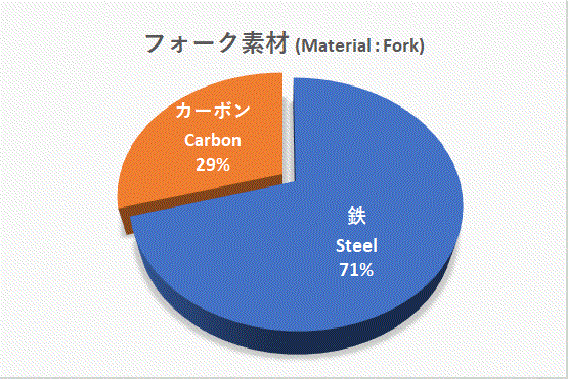 |
Fork material In contrast to the frame, carbon fiber is often used for the forks. |
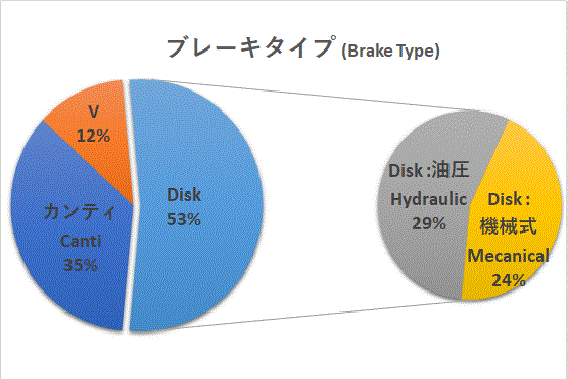 |
Brake type More than half of the brakes used disc brakes. Half of the bicycles that use discs are hydraulic, while half are mechanical. It seems that reliability was taken into consideration. |
 |
Shifter type Most shifters are index type. Lightweight bicycles are often used with the W lever type. In addition, the adoption of electric type was also conspicuous. |
 |
Chainsets Type An example of adopting a single gear specification for the Chainsets (crankset) was conspicuous. It accounted for two-thirds of the participating bicycles. This seems to be the result of the multi-stage and wide ratio of the rear sprocket and the adoption of the rear derailleur that supports the huge rear sprocket. |
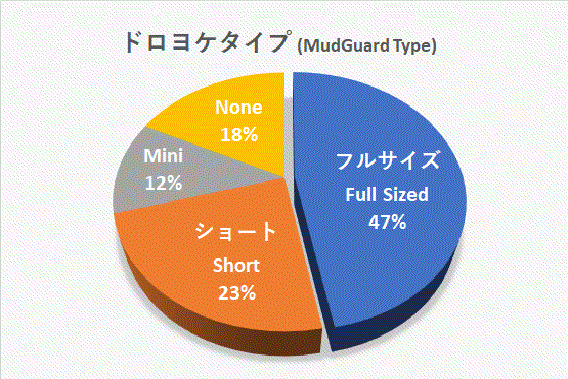 |
Mudguard type 80% of the vehicles used mudguards. This seems to be the result of complying with the regulations. However, in some bicycles that adopted a full-size mudguard, the surface of the mudguard itself was covered with dirt. |
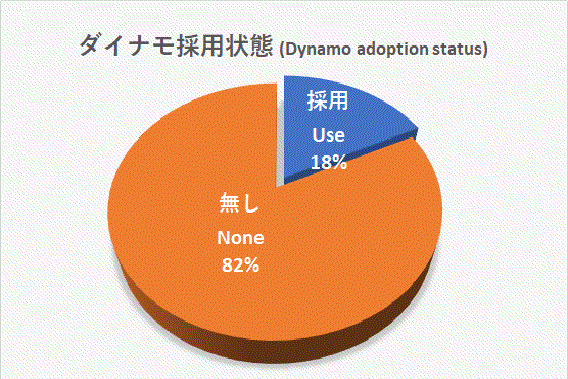 |
Generator adoption status Less than 20% of bicycles used a generator. In the background is the advancement of battery lights that use LEDs. Even if it is disadvantageous in scoring, it seems to be the result of emphasizing weight and reliability. |
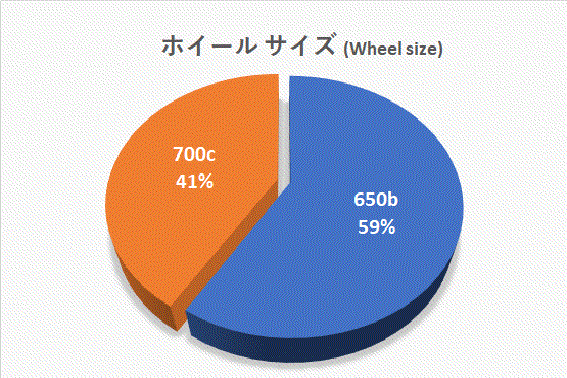 |
Wheel size Wheel sizes are only 700c and 650b. There was no j-bicycle that adopted 26 inches (HE and 650A). |
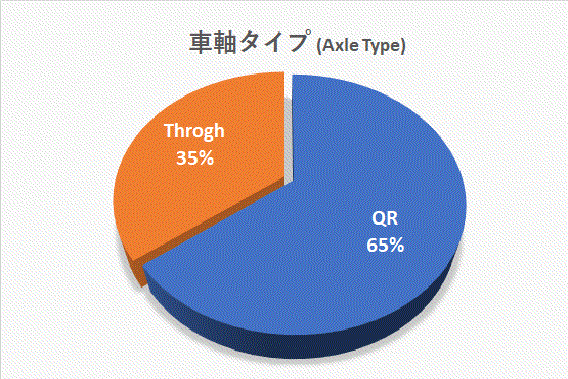 |
Axle type As for the axle, the conventional QR system occupied 2/3. |
Japan Bike Technique 2019 Sponsors
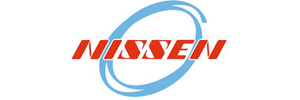

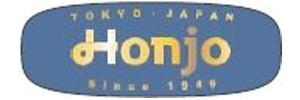
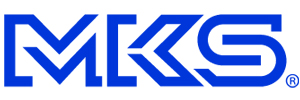



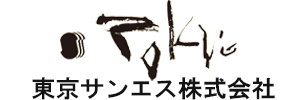
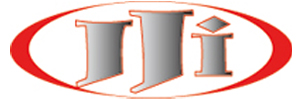


 Japanese
Japanese